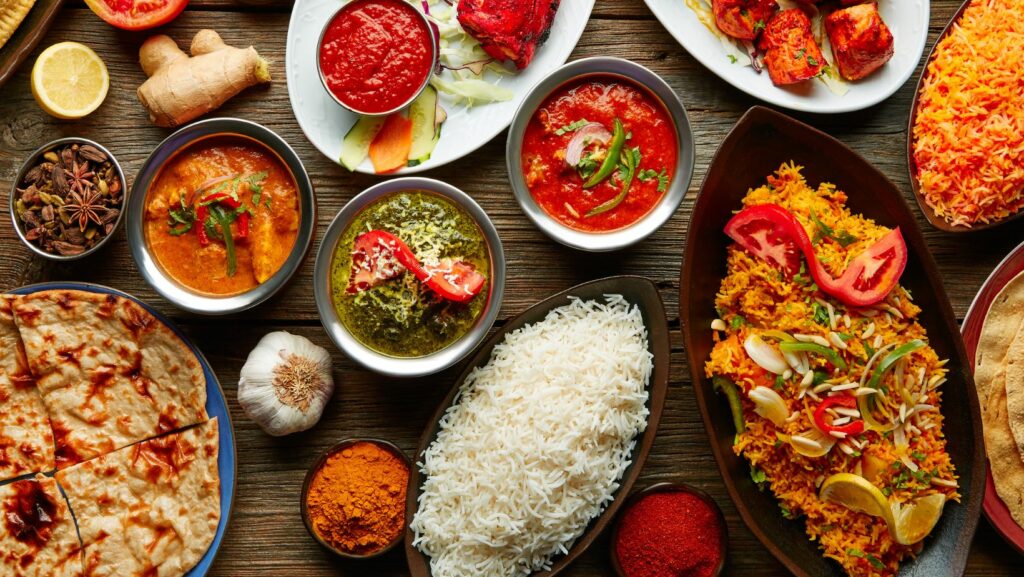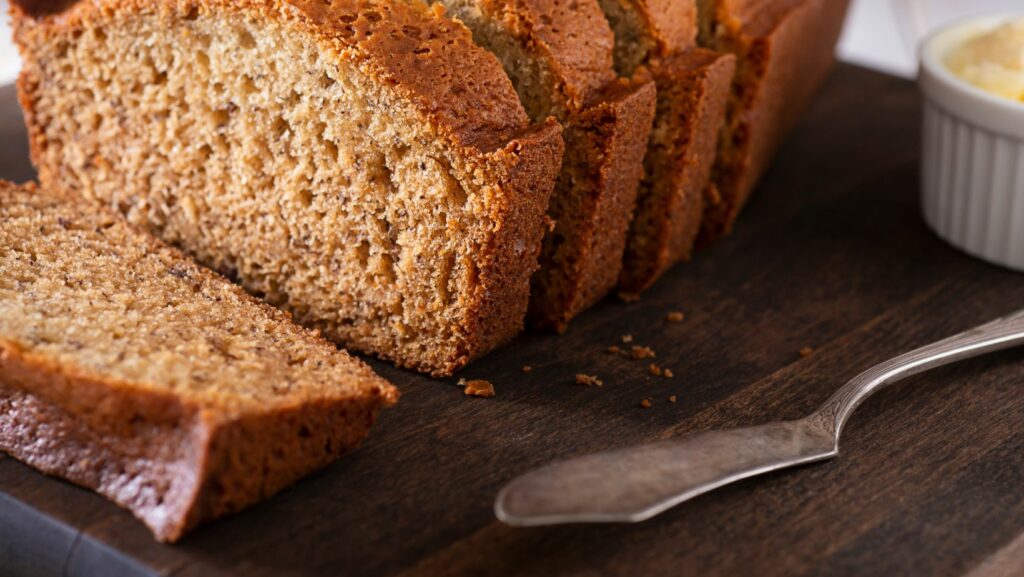India’s vibrant culinary landscape is a treasure trove of healthy, flavorful delights. Bursting with a multitude of spices and diverse ingredients, Indian cuisine is not only tantalizingly delicious, but also packed with numerous health benefits. If you’re on a quest to discover wholesome meals that don’t compromise on taste, you’re in the right place.
This article will delve into the world of Indian healthy recipes, offering insights into the unique combination of taste and nutrition that sets Indian cuisine apart. From the humble lentil curry to the exotic biryani, we’ll explore how these dishes can be a part of a balanced diet. So, prepare to embark on a culinary journey that’s as enriching as it is appetizing.
Indian Healthy Recipes
 Indian cuisine unfolds a vibrant symphony of flavor and nutrition, anchored in the delicate science of spices and regional diversity.
Indian cuisine unfolds a vibrant symphony of flavor and nutrition, anchored in the delicate science of spices and regional diversity.
Indian recipes integrate a broad spectrum of spices, delivering not only robust flavors but also health benefits. Take cumin, for instance; it’s a commonly used spice, known for aiding digestion. Similarly, turmeric features ubiquitously in Indian dishes, offering anti-inflammatory properties. Spices like these infuse Indian recipes with a unique and healthy character, emblematic of the cuisine itself.
Regional Variations in Indian Cooking
From the hearty wheat-based cuisine of North India to the tangy rice and lentil delicacies of South India, regional variations define Indian cooking. For example, the Bengali fish curry, hailing from the eastern region of India, relies heavily on mustard oil and poppy seeds, while the western region’s Rajasthani cuisine showcases an inventive use of pulses and millets in the arid desert landscape. These regional nuances impart a multi-faceted quality to Indian cuisine, enriching the smorgasbord of healthy Indian recipes available to explore.
Key Ingredients in Indian Healthy Recipes
 Indian cooking uses a diverse array of key ingredients to concoct healthy, delicious meals. These ingredients, crucial to the flavor and nutritional content of Indian cuisine, include whole grains and legumes, and an array of vegetables and fruits.
Indian cooking uses a diverse array of key ingredients to concoct healthy, delicious meals. These ingredients, crucial to the flavor and nutritional content of Indian cuisine, include whole grains and legumes, and an array of vegetables and fruits.
Whole grains and legumes occupy a primary position in Indian culinary practices. Staple grains such as basmati rice and wheat flour result in cuisine favorites like Biryani and Chapatis. In tandem, legumes like lentils, chickpeas, and green peas lay the foundation for a variety of dishes like Dal Tadka and Chana Masala. Balanced use of these ingredients provides substantial fiber sources and aids in digestion.
Importance of Vegetables and Fruits
Vegetables and fruits in Indian cooking aren’t just side dishes, but key ingredients adding depth to the flavor profile and enhancing nutritional value. Veggies such as tomatoes, spinach, and okra often gain prominence in recipes like Tomato Pachadi, Palak Paneer, and Bhindi Masala, contributing necessary vitamins and minerals to the diet. Similarly, Indian sweets and beverages often utilize fruits such as mangoes, bananas, and guavas to provide natural sweetness and essential nutrients. For instance, mangoes impart unforgettable flavor and vitality to dishes like Mango Lassi and Mango Chutney.
Popular Indian Healthy Recipes
With a rich variety of ingredients contributing to nutritional balance, Indian cuisine boasts an impressive portfolio of healthy recipes. Distinct dishes cater to individual dietary needs and preferences, with breakfast items focusing on light and nutritious choices, while lunch and dinner recipes are typically more wholesome and satiating.

- Poha: Made from flattened rice, onions, mustard seeds, and turmeric, Poha is a quick, light, and widely consumed breakfast dish in India. It’s nutrient-rich and easy to digest, making it an ideal start to the day.
- Idli and Sambar: A South Indian staple, idli is a fermented rice and lentil cake served with a side of sambar – a lentil-based vegetable stew. Abundant in fibers, Idli Sambar ensures a balance of taste and health.
Another strategy lies in using oil sprays. These sprays disperse oil over a larger surface area, thus reducing the overall amount used. Lastly, choosing high-smoke point oils, such as avocado oil or canola oil, allows cooks to use less oil, owing to their ability to withstand high cooking temperatures.




